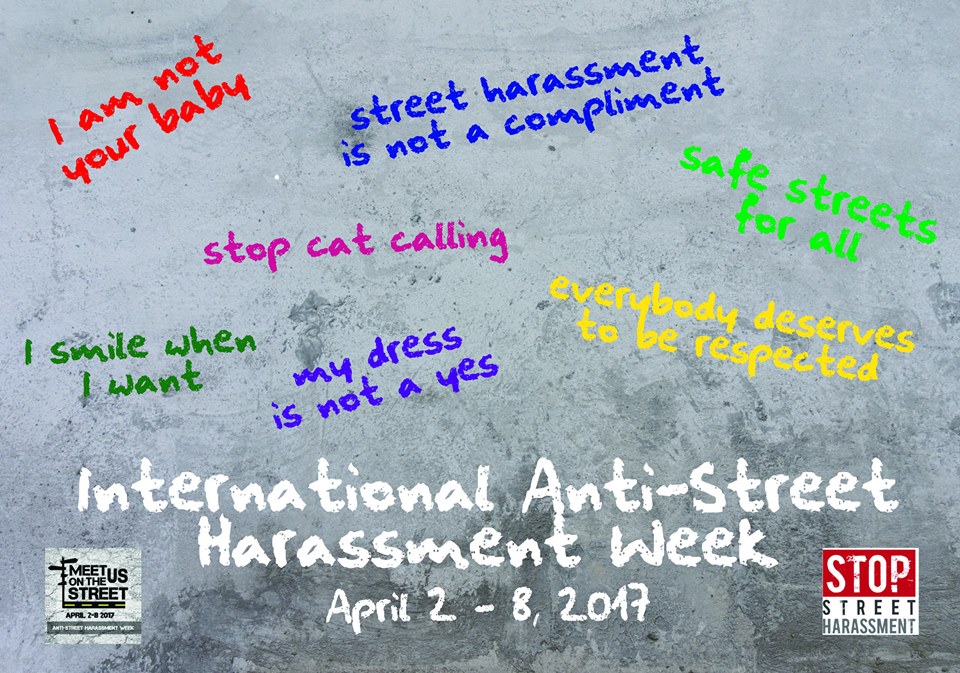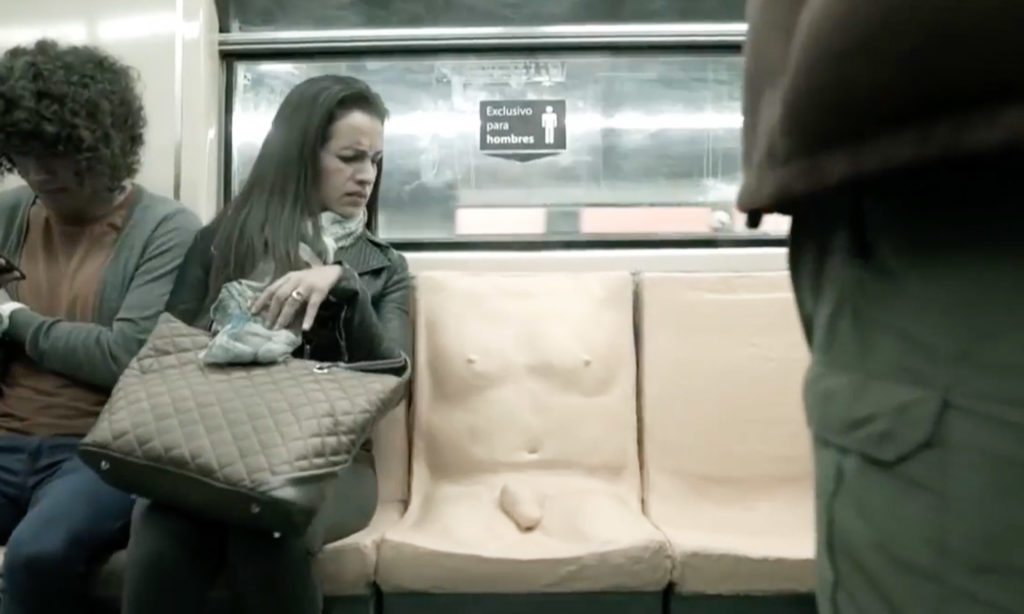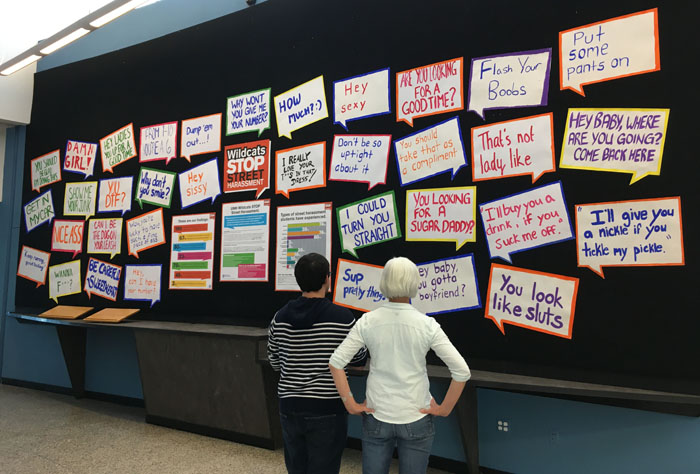 We’re two days away from Meet Us on the Street: International Anti-Street Harassment Week (which falls within Sexual Assault Awareness Month)! Groups in 36 countries are taking part…are you?
We’re two days away from Meet Us on the Street: International Anti-Street Harassment Week (which falls within Sexual Assault Awareness Month)! Groups in 36 countries are taking part…are you?
If you are hosting an action or event, let us know about it.
If you don’t have plans yet, you can still get involved. Here are six ideas:
- Join the Global Tweetathon ALL DAY on April 4 (use #EndSH) or join tweet chats on other days.

- Request the Stop Telling Women to Smile posters and put them up in your community.

- Write sidewalk chalk messages or hand out/post flyers in your neighborhood.
- Share your street harassment story (online or in person).
- Post some of our shareable images.
- Donate $10 or more to help fund the National Street Harassment Hotline.
No action is too small. Help amplify each other’s voices on this topic and speak out!



